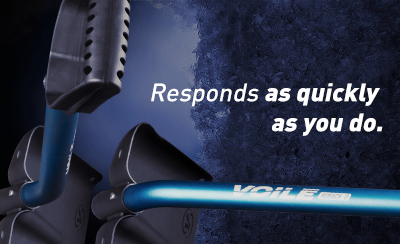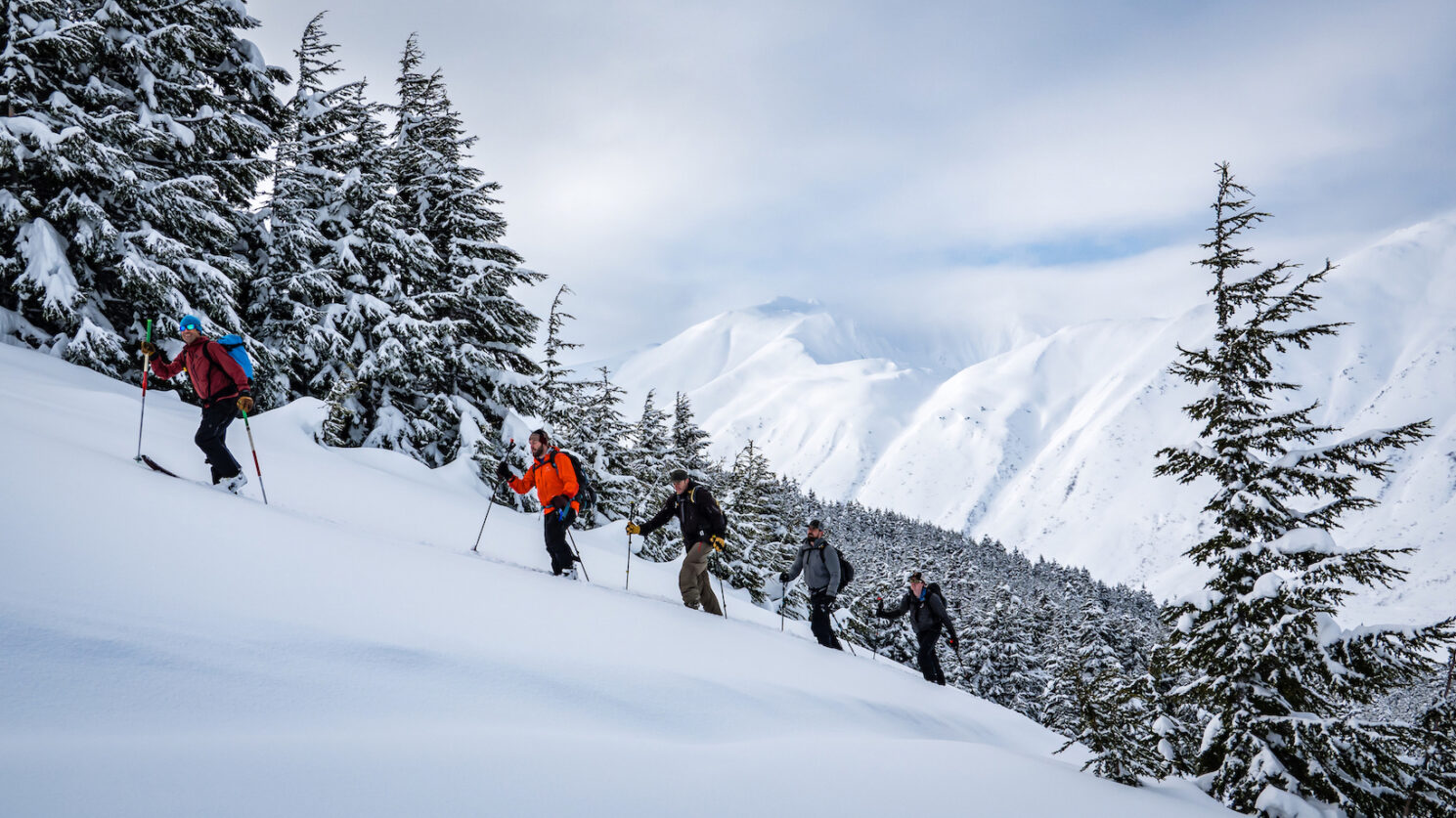
Tools, Space, and Support – A Model for Mentorship
Share this Post
Outdoor sports have a complicated relationship with mentorship. On one hand, there’s a long history of oral tradition and mentorship in outdoor pursuits… Whether learning to hunt from a community elder or following a more experienced friend around a skin track. On the other hand, access to a mentor often requires the mentee to be part of the “in” crowd, and with dramatically more people spending time in the mountains, the number of new participants looking for mentorship vastly outweighs the number of people open to bringing a mentee under their wing.
It’s also important to find an identifiable mentor. In an outdoor space that’s often homogenous, which can be incredibly difficult, especially for those of us from underrepresented backgrounds. And despite the proliferation of accessible online resources for learning specific skills related to mountain travel, I think individualized, focused education and feedback is still the best way to learn how to travel in complex mountain terrain. Importantly, with the advent of digital communication tools, this individualized education no longer needs to be in-person, there are lots of ways to achieve similar outcomes remotely.
While many (myself included) in the outdoor community harp on the importance of mentorship, there are surprisingly few resources for specific ways to provide mentorship. I’d like to share a model for mentorship I’ve developed and used over the past decade to help frame the way I interact with students, co-workers, and mentors of mine.
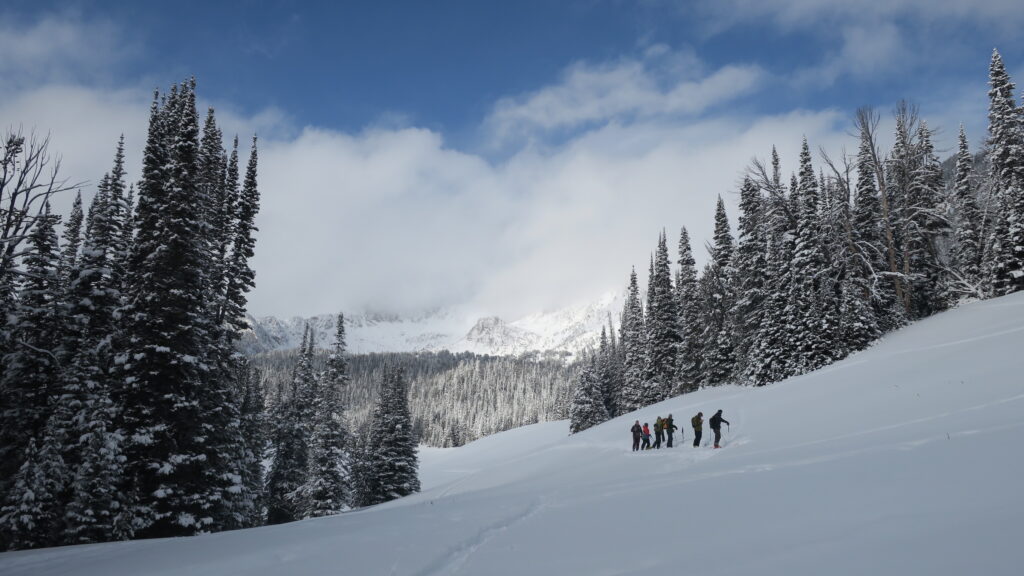
This model for mentorship relies on three concepts:
Tools, space, and support. Effective mentorship occurs at the intersection of these three legs. I’ll dive into the nuances of each of the legs, and examples of practicing each. I think it’s also important to remember that each can exist on its own or in the presence of another with varying levels of effectiveness.
In 2024, with countless online resources available, many of us are students of the “University of YouTube” aka, the intersection of tools and space without the support and feedback to know how we’re doing. Similarly, many of us have had the experience of being “thrown into the deep end” and getting pushed into a space with enthusiastic support, but without the tools required to succeed. That is not to say that the University of YouTube or getting thrown into the deep end can’t result in a spectacularly successful outcome, only that neither results in, nor is the result of, effective mentorship.
The Model For Mentorship
Tools
This leg focuses on specific skills for a pursuit. These can, and should, be a mix of “hard” and “soft” skills. The specific skills will vary given the activity but focusing on backcountry skiing for now, some of the “hard” skills a mentor may help provide are things like: how to read a topographic map and plan a tour; practice identifying good spots for a change of direction when setting a skin track; when to dig a snowpit for an instability test and when to rely on above-snow observations. For tools that make snow assessment more effective, consider Voile’s reliable avalanche shovels and probes—essentials for any backcountry kit.
Some of the “soft” skills a mentor may provide are: how to frame a conversation about risk tolerance within a touring group; tips on fueling the mind and body through a day; and how to seek help following a stressful incident.
Space
A mentee needs space to practice putting the tools into play. As an educator, I’ve paid attention to research and theory around the effectiveness of online learning, and the general consensus I’ve seen (and believe) is that online learning is a great tool for teaching how something is done, but a limited tool for teaching how to do something.
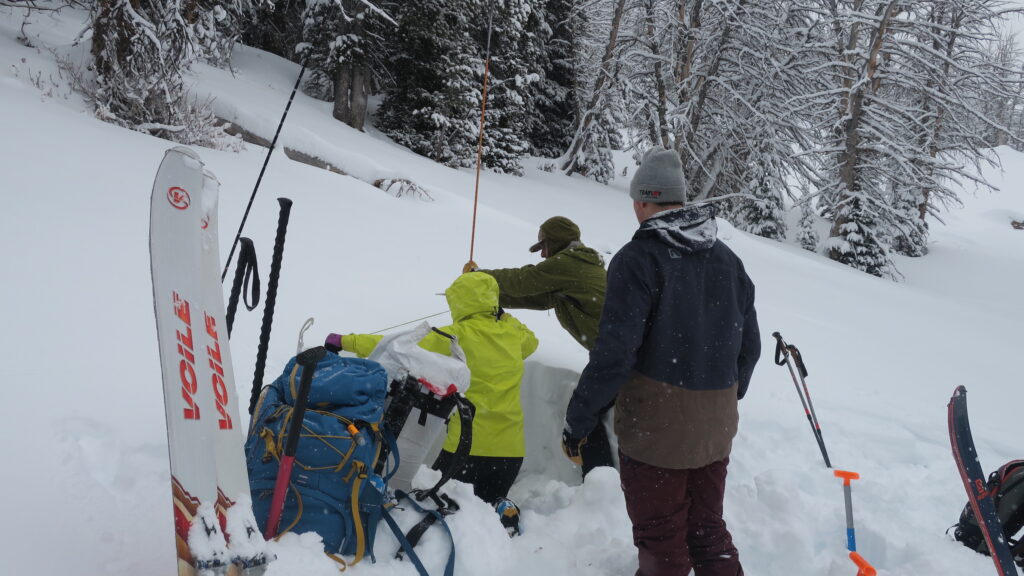
The concept of space in this model focuses on providing a mentee with the opportunity to actually use their tools. For example, talking about keeping skin tracks low angle is a great and important conversation, but until someone is out front breaking trail, it’s hard to know what those angle changes feel like under your feet. Similarly, we can talk a lot about how having similar risk tolerance is important in a group, but until someone speaks up and initiates the conversation, that’s an entirely internal dialogue for individuals. It’s important as a mentor to create space for challenge and practice, as well as space for comfort and processing.
Support
This leg focuses on being present as a mentor to affirm the decisions, actions, and questions of a mentee. It also focuses on how to give quality and constructive feedback when requested. Of all three legs, this is maybe the most nebulous to define and difficult to practice as a mentor. When a mentee learns a tool and then takes the space to utilize that tool, a mentor must know to step back and allow for both successful implementation and constructive failure. They must also give appropriate feedback for either eventuality. Having dependable gear also helps foster confidence—whether it’s the tools for building a solid snowpack assessment or the skis beneath their feet.
As a mentee, hearing, “Hey that was a really nice skin track to follow” is just as valuable as hearing, “I think moving the skin track 50 yards right would have kept it lower angle, let’s shift it over on our next lap.”
We are all both Mentors and Mentees
In sum, this is one model for mentorship among many. Even though I’ve taken the time to sketch out this model and write a blog post about it, I can’t take full credit for it. It’s been the result of working with a lot of amazing mentors over the years who’ve each contributed a little bit to this model, co-workers who helped refine the nuances of implementation, and mentees who’ve given feedback on how it helped shape their development. I think it’s important to remember that every person is simultaneously a mentor and mentee and the relationship and flow of wisdom is bidirectional. Being a mentor does not mean you’re an expert at everything, and being a mentee does not mean you don’t know anything. Have the confidence to own what you know and the humility to acknowledge what you don’t know.
I’d encourage you to take parts of this model that you think are applicable and put them into practice, keep an open mind, and alter them as you see fit. And please, if you have thoughts on this model for mentorship, let me know. As I said earlier, this is not my model, it’s the product of all my relations and mentors and is a living and maturing idea.
About the Author
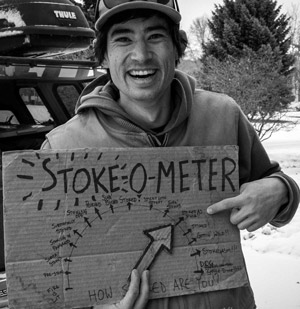
Matt Zia
Location: Bozeman, MT
Top Gear Picks: Charger Ace 178cm / V8 186cm / OG Drifter 182cm with TTS
Website: www.montanamountaineering.org
Instagram: @ziapet / @montanamountaineering
Matt is a professional mountain guide and educator in the Greater Yellowstone Ecosystem, and is an AMGA Certified Rock guide and Assistant Alpine/Ski guide. He plans to finish his IFMGA certification and is one of only a handful of telemark ski guides. He currently works for Exum Mountain Guides and for the Montana Mountaineering Association, for which he is the Executive Director. As a person of mixed Chinese and American descent, he knows the importance of identifiable mentors in all aspects of life, both in the mountains and the valleys.
Matt’s passion for backcountry skiing lies in long adventures far from the road, and he counts bear spray as an essential part of his spring skiing kit. He can usually be found exploring the Greater Yellowstone Ecosystem with skis on his feet or ice tools in hand.
Share this Post



